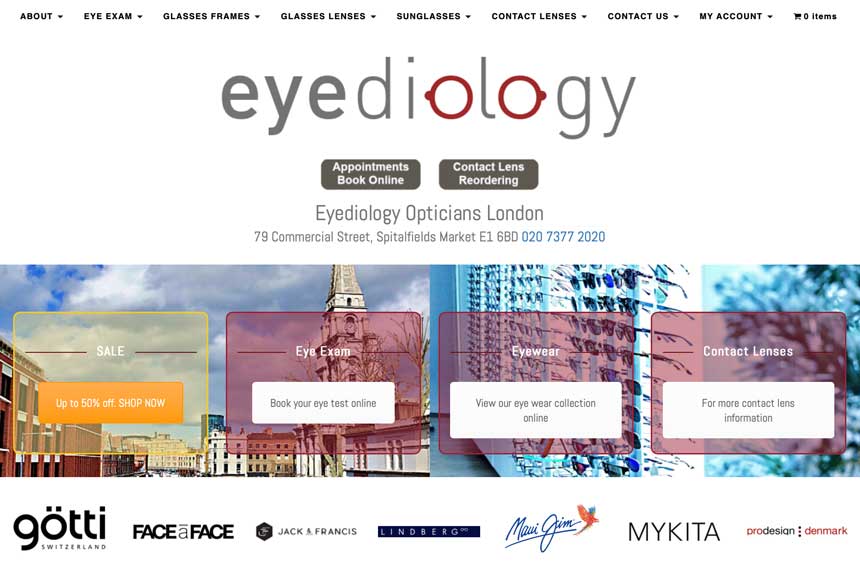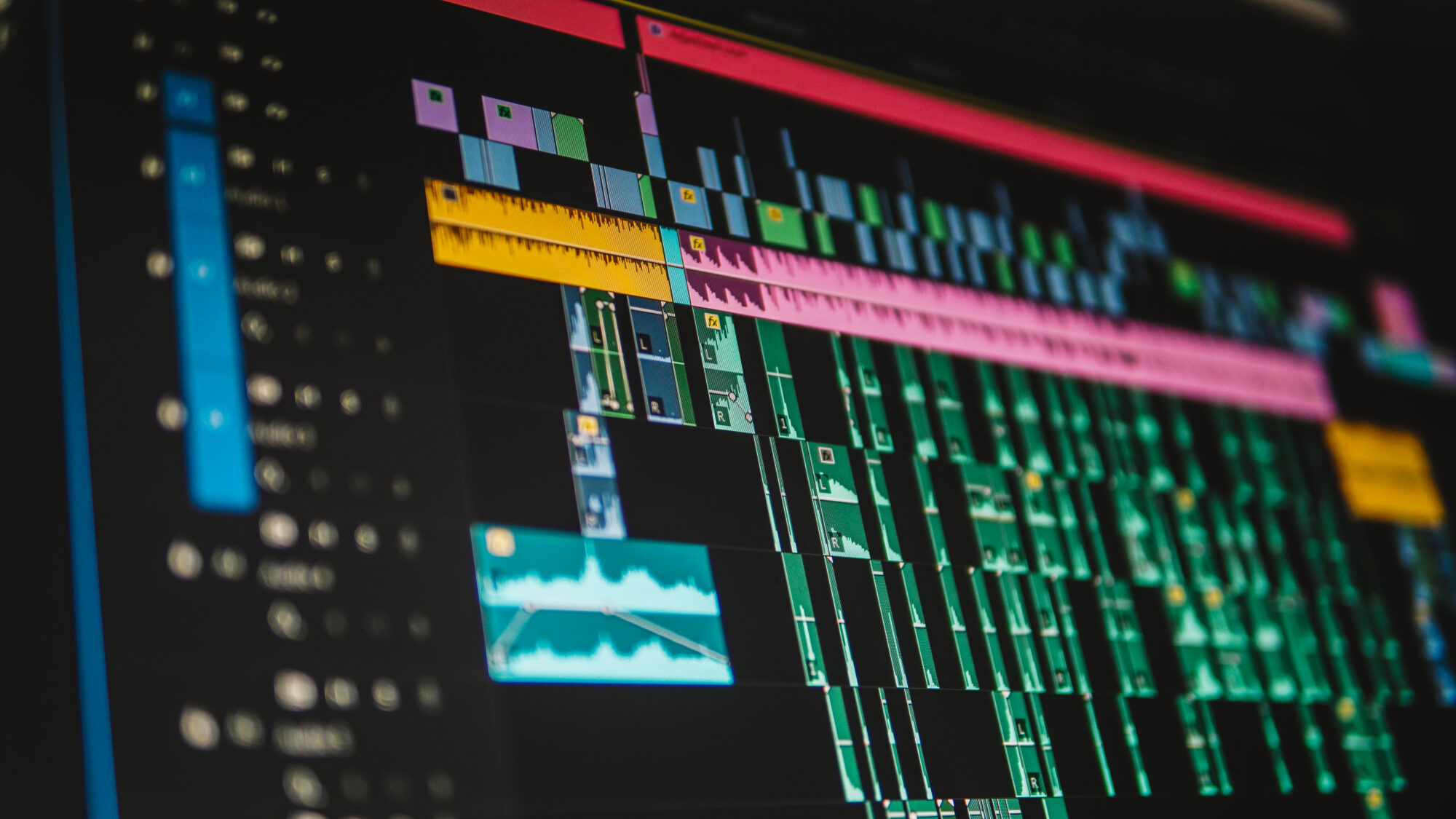And to prove the point we managed to create an issue with a video on LinkedIn this morning.
We’d noticed it before and it didn’t make a lot of sense but the issue this morning was a little more concerning and we had to investigate and sort. We have an ongoing issue with LinkedIn where our videos often won’t load to the main page though they will to our business page. The same video built to the same spec will load on one but not the other and as yet working with LinkedIn we’ve not identified the issue.
The solution we’ve come up with for now was to add video to Nick’s page as shared clips from YouTube and uploaded indirectly from our video hosts, Wistia, Sprout and Vimeo which is generally working but the occasional video does look a little under exposed, whereas the copy on this site looks fine.
This morning’s looked both under exposed and rather lacking in quality, and as it is the video that explains our move back into web design, it really needed addressing quickly.
The issue seems to be caused by indirectly uploading video from a host rather than from a Mac here, which would be the normal way to upload the clips.
We create clips specific to each media they are uploaded to and for YouTube we export the media while setting our output gamma as Rec709A. We do this to ensure that footage then displayed within Quicktime isn’t over exposed which it can be if produced on a Mac. The problem here was that it was produced as normal and then uploaded to Wistia as we couldn’t load directly to LinkedIn but the copy of the clip on Wistia wouldn’t load either. I then loaded a version exported with the gamma output set as Rec709A from Wistia to YouTube and to our LinkedIn business page but the result wasn’t great.
The clip was now too dark and the quality had dropped significantly and I replaced the copy on the our business page with one from here immediately but YouTube is more difficult as once a clip has been viewed, if you delete and reload it, you affect YouTube’s algorithm and that can affect future views of the video so not a good idea. Unfortunately you can’t edit exposure once a video is uploaded to YouTube either.
So the video got re-rendered and we went through all the steps to identify the issue and it was the process of uploading to Wistia and then to YouTube to share on LinkedIn. The process had in effect reversed the positive effects of exporting while setting our output gamma as Rec709A but uploading direct to YouTube direct from our editing software, Davinci Resolve Studio 19, sorted the exposure issue and the quality returned to normal. Because we can’t replace the original video in YouTube and still can’t upload to Nick’s page direct, that video has to remain for now but at least we know what caused the issue. Hopefully publishing this and a video on YouTube specifically address the fix will save others making the same mistake.
It hopefully gives another example of where we can fix video issues, though more usually ones caused by other people!





